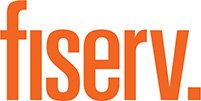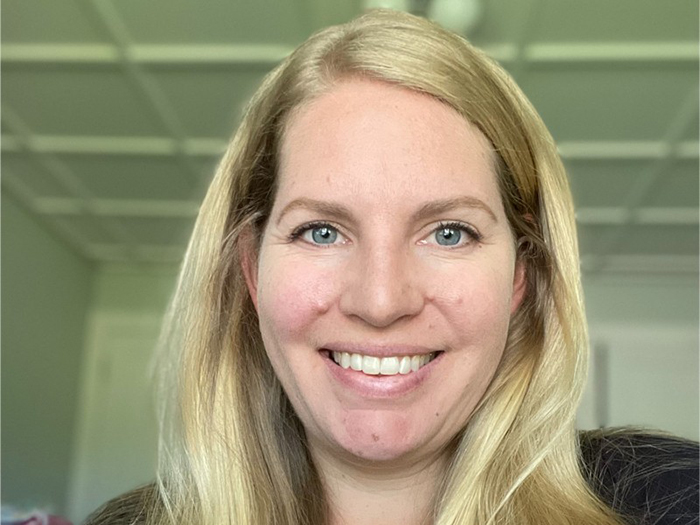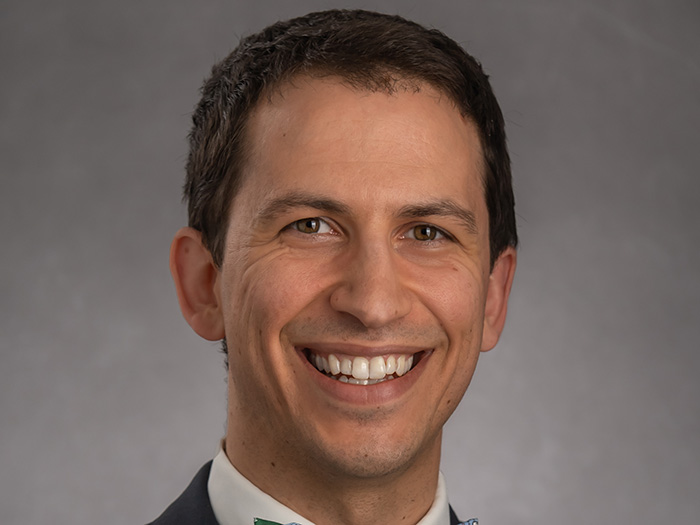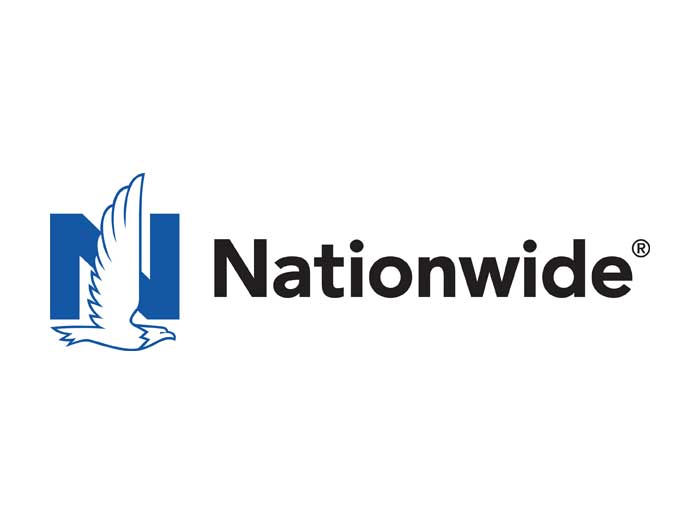2024 Theo Award Winner: Fiserv
 Fiserv, a Fortune 500 company and global leader in payments and financial technology, faced significant challenges with its workers’ compensation program.
Fiserv, a Fortune 500 company and global leader in payments and financial technology, faced significant challenges with its workers’ compensation program.
Historically managed as a holding company of numerous business units acquired through acquisitions, Fiserv lacked centralized processes and procedures for workers’ compensation and safety. The program was managed by local HR generalists and a third-party administrator, resulting in inconsistent practices and accumulating losses with little intervention.
Tackling the Problem
In 2017, Fiserv took decisive action by centralizing its workers’ compensation program and aligning it with corporate insurance in the risk management department. The company brought on Heather Davis as director of workers’ compensation, bringing Davis’ expertise in workers’ comp and health claim management to bear in overseeing the corporate program. She had her work cut out for her.
“The main challenge was creating a program from scratch, as there were no standard operating procedures or systems in place,” Davis said. “Communication was lacking, and there was no clarity on whether injured employees had returned to work, resulting in overpayments.”
Davis said her first priority was to ensure that injured workers knew they would be cared for, ensuring they were informed about the claim process, and had a point of contact for questions.
However, securing a budget for a proper system to manage all of this was difficult at first, and Davis spent a great deal of time manually entering first reports of injury into the Gallagher Bassett system, as well as sending emails to all relevant parties.
In 2019, Fiserv acquired First Data, doubling its employee count overnight from 22,000 to 44,000. This presented new challenges in integrating different process with the TPA’s program. The number of claims also increased significantly. Manual management was no longer sustainable.
“To automate the process, I implemented PC 365, which connects injured employees with a nurse immediately for evaluation and direction to appropriate medical facilities,” Davis said. “This helps me obtain work status reports, office visit notes, and communicate restrictions to managers and adjusters.
“I also worked with Gallagher Bassett to set up automated emails. Managing claims while trying to implement new processes was time-consuming, and made taking time off difficult if not impossible.”
Even with automation in place, Davis isn’t taking her eye off the ball.
“As the middleman between various departments, I insist on being copied on all communications to ensure proper decision-making, given our sizeable deductible,” she said. “I fight for what’s right and have saved significant amounts in settlements.”
Automation, however, is just one small piece of Fiserv’s journey to a centralized program.
Fiserv developed common workers’ compensation policies and procedures, partnering with real estate, operations, and security functions to create enterprise safety standards and role-based standard operating procedures. The company centralized injury reporting through its Joint Security Operations Center (JSOC) and deployed a nurse triage injury intake program to augment JSOC services.
In the past, explained Timothy Nygard, Fiserv’s vice president, legal operations and risk management, office of operational excellence, an injured associate would typically go to urgent care or the emergency room.
“With the nurse triage program, 40% of those injuries are treated on that call. That’s a huge win from a cost standpoint — the small cost per nurse triage call pays for itself right there.” But the value of the program goes even beyond costs, he said.
“The associate gets to talk to someone knowledgeable, who listens to them and gives advice. That’s calming because anytime you’re injured, it’s stressful. Instead of talking to a call center person just taking down their information, they feel like they’ve been truly listened to.”
To reduce claim duration, Fiserv implemented work accommodations agreements with HR and managers. The company also partners with ReEmployability to provide community service work opportunities when other accommodations aren’t possible.
“When we struggle to find accommodations for people starting to recover, we use ReemployAbility,” said Nygard. “Our associate can work with a local non-profit and get reengaged in the routine of work. Many people, when hurt, can get institutionalized into a sick mindset. Returning to a normal routine of getting up, cleaning up, and going to work helps them recover quickly.“
Added Nyagard, “As a company, we’re also focused on opportunities to give back to the community. This program allows us to contribute thousands of hours to local charities while helping employees ease back into the workplace and recover.”
Success to Build On
Fiserv’s multi-pronged has yielded impressive results. The company has seen a significant reduction in workplace injuries and associated costs. Compared to the four-year average prior to the program’s introduction, Fiserv has achieved a stunning reduction in total annual incurred losses, as well as a decrease in average loss claims. Claim count has been halved over the last four years.
The nurse triage program has been particularly effective, with more than 40% of injuries resolving through self-care. Meanwhile, the partnership with ReEmployability has saved hundreds of lost work days and contributed 3,234 hours to community non-profits.
Fiserv’s commitment to employee care is evident in the positive feedback from injured associates. One employee praised the program’s responsiveness and support, stating, “You were truly a lifesaver in my case. You were the only person (internally) who answered my emails. AND you explained things. Patiently. And thoroughly. And you listened. And you HELPED undo a mess.”
The company’s efforts have not gone unnoticed by industry professionals. Todd Sieleman, a retired OSHA Assistant Area Director, commended Fiserv’s safety program, noting, “Their track record, in the short-term year over year, is enviable and demonstrates superior commitment and highly effective management in reducing employee injuries and associated worker compensation costs.”
Looking forward, Davis is eager to focus her attention on wearables in 2025. After thorough research throughout 2024, Fiserv selected Bardavon as its newest partner.
Organization: Fiserv * Location: Milwaukee, WI * Number of Employees: 15,000 * Category: At-Large
“I am currently coordinating training between Bardavon and our business unit called ZipSort in Omaha for a pilot program,” she said. “The company and the individuals I have interacted with genuinely care about the well-being of the person, which is extremely important to me.“
Fiserv’s success in transforming its workers’ compensation program demonstrates the power of centralization, innovation, and a commitment to employee well-being. By focusing on prevention, education, and personalized care, Fiserv has created a safer work environment and a more efficient claims management process, setting a new standard in workplace safety and employee care.
“Every year presents new opportunities and challenges that we will tackle as they arise,” Davis said. &
 The Theo Award celebrates its inaugural year, honoring 31 workers’ compensation programs for their excellence and service to workers across the nation. To learn more about the award and amazing qualities each winner possesses, visit here.
The Theo Award celebrates its inaugural year, honoring 31 workers’ compensation programs for their excellence and service to workers across the nation. To learn more about the award and amazing qualities each winner possesses, visit here.











